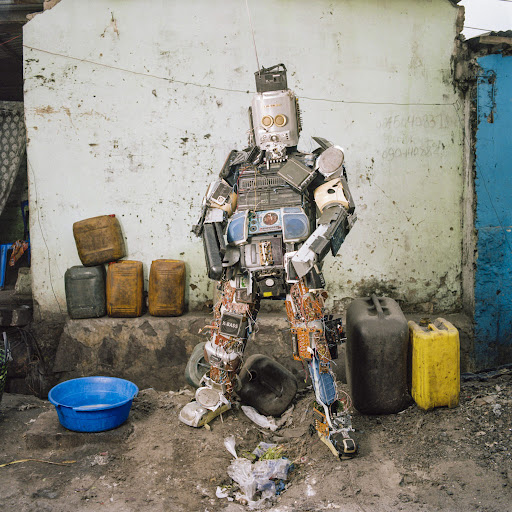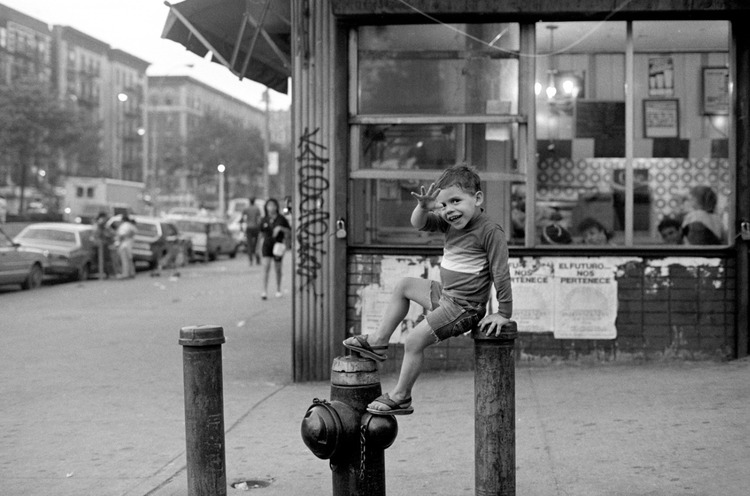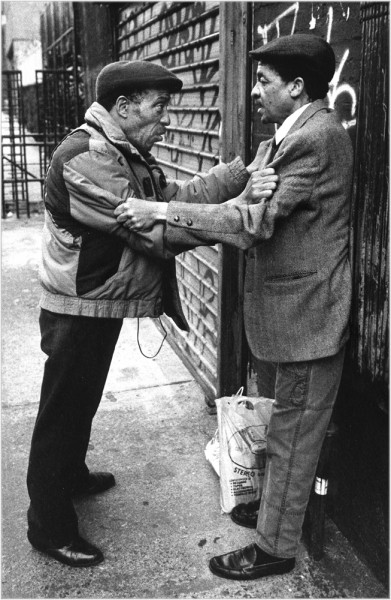Who knows New York City better than a NYC cabbie? No one. They have seen literally everything - from the seedy underbelly of this real life Gotham to the glam and glitz of the capital of the world.
The ubiquitous cabs in New York become virtually invisible to the citizens as they go about their daily lives. This fly on the wall existence affords one, with the right proclivities and skill, the opportunity to record some remarkably candid moments.
Former cabbie Matt Weber became a street photographer after seeing some pretty crazy stuff and began to document the pulse and rhythm of the city like no other New York shooter.

"It had nothing to do with wanting to be a street photographer. I was driving a taxi and I saw so many crazy things on the street that I kept saying, “Damn, I’ve got to buy a camera.” Driving a taxicab in 1978 on the night shift at four in the morning in mid- town, if you saw the movie Taxi Driver, that was the world that was out there. There were prostitutes on the corner, Times Square was crazy; it was a dangerous part of town. I was robbed in my taxicab at double gunpoint." ~ Matt Weber
Very few taxi drivers went up to Harlem. I chose to go up to Harlem because I couldn’t disrespect someone and not take them there unless they looked like they’d rob me. I saw some crazy things: knife fights, people having sex on the streets, and all of a sudden I was like, wow, I better get a camera. Then, once I got one, I was constantly looking around and people were like, “This taxi driver can’t keep his eyes on the road!” ~ Matt Weber


















































